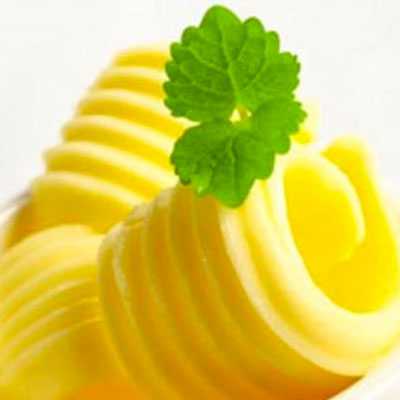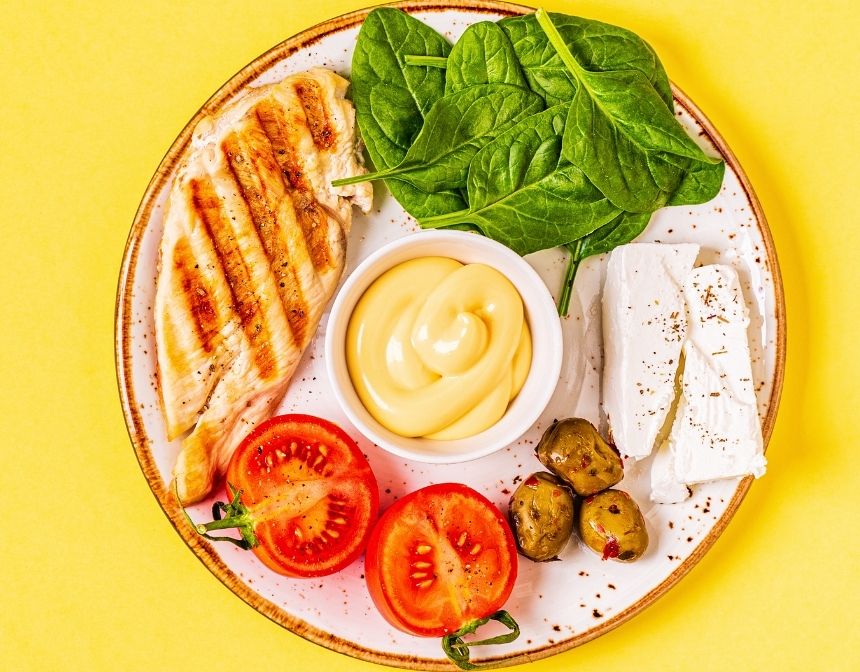What Is Applesauce Cake?
Applesauce cake is a dessert made primarily using applesauce, which is incorporated into the batter. It's a traditional cake in American cuisine, often associated with vintage or old-fashioned recipes, though it remains popular in contemporary cooking.
Historically, applesauce cake gained popularity, particularly during World War I and World War II, when rations on ingredients like butter and sugar made baking challenging. Applesauce served as an economical and accessible substitute for both fat and sugar, allowing households to still make delicious cakes during tough times.
The cake is often spiced with flavors reminiscent of the fall season, such as cinnamon, nutmeg, and cloves. It can also include other ingredients like raisins, nuts, or even coconut. The result is a moist, dense, and flavorful cake that is often enjoyed with a cup of tea or coffee.
Over the years, variations of the applesauce cake have emerged. Some recipes now incorporate modern twists, such as vegan adaptations or gluten-free versions, to cater to different dietary needs and preferences.
It's a testament to the cake's enduring appeal that it has transitioned from a wartime necessity to a beloved classic in many American households. If you're interested in a more detailed or updated Wikipedia entry, I would recommend visiting the Wikipedia site directly or searching for "applesauce cake" on their platform.
What Does Applesauce Do To A Cake?
Applesauce plays multiple roles when incorporated into a cake, enhancing the overall texture, flavor, and nutritional profile. Here are some primary functions of applesauce in cake-making:
Moisture: Applesauce imparts moisture to a cake, ensuring it remains soft and tender. This makes it especially useful in recipes where you're reducing fat content or eliminating it altogether. The natural moisture in applesauce compensates for the lack of fats, such as butter or oil, preventing the cake from turning dry.
Natural Sweetness: Applesauce adds natural sweetness to the cake, which can allow for a reduction in the amount of added sugar. This can be especially helpful for those aiming for a healthier dessert option or for those watching their sugar intake.
Fat Substitute: As mentioned, applesauce can be used as a substitute for fats in cake recipes. While it doesn't replicate the exact richness of fats, it provides a lighter texture and keeps the cake moist. This substitution can help lower the calorie and fat content of the cake.
Flavor: Applesauce adds a subtle apple flavor, giving the cake a fruity undertone. This can enhance the overall flavor profile, especially in spiced cakes where the apple notes complement spices like cinnamon, nutmeg, and cloves.
Vegan Baking: In vegan recipes, applesauce can serve as a substitute for eggs. It provides the binding and moistening attributes that eggs typically offer in traditional baking.
Texture: Applesauce can affect the cake's crumb, making it slightly denser but ensuring it remains soft. The pectin in applesauce also helps with the cake's structure.
Nutrition: Applesauce boosts the nutritional value of a cake by adding some vitamins, minerals, and fibers inherently present in apples. Using unsweetened applesauce can also help in reducing the overall sugar content.
In summary, applesauce is a versatile ingredient in cake-making, offering a range of benefits from enhancing texture and flavor to providing healthier baking alternatives.
Origin of Applesauce Cake
The Applesauce Cake has deep-rooted ties to American culinary history, often traced back to the colonial era. Back then, resources could be scarce, and homemakers prided themselves on their ability to make do with what was available. As apples were plentiful in the New World, they were often used to make applesauce. This sauce then found its way into baked goods, providing moisture and a sweet touch without the need for butter or a large amount of sugar.
Evolution Over Time
As the years progressed, the Applesauce Cake underwent various adaptations, reflecting the influences of immigrants and the availability of ingredients. For instance, during World War I and the Great Depression, when ingredients like sugar, butter, and eggs were rationed or too costly, applesauce became a favored substitute in cakes. It was during these times that the cake gained significant popularity, celebrated for its rich texture and the way it resonated with the spirit of resilience and innovation.
A Timeless Treat
Today, the Applesauce Cake stands not just as a delicious treat but also as a symbol of resourcefulness and creativity in the kitchen. In modern variations, you might find ingredients like walnuts, raisins, or even a hint of cocoa, allowing for endless personalization. Yet, at its core, the cake remains a humble and comforting dessert, a testament to culinary traditions passed down through generations. Each bite speaks of history, nostalgia, and the magic of simple ingredients coming together in perfect harmony.
Can I Use Applesauce Instead Of Sugar?
Yes, applesauce can be used as a substitute for sugar in baking, but there are a few things to keep in mind:
Texture and Moisture: Applesauce will add moisture to your recipe. If the original recipe calls for a lot of sugar, replacing it entirely with applesauce might result in a baked good that is too wet or dense. To counteract this, you may need to reduce or eliminate other liquid ingredients or adjust the amount of dry ingredients.
Sweetness: Applesauce is less sweet than sugar. If you're replacing sugar entirely with applesauce, expect the end product to be less sweet. You can compensate by adding other natural sweeteners if needed.
Ratio: A general guideline is to replace sugar with applesauce in a 1:1 ratio, but because applesauce is less sweet, you may need to adjust according to your taste. Remember to reduce the liquid in the recipe by about 1/4 cup for every cup of applesauce added.
Browning: Sugar aids in the browning process in baked goods. Replacing sugar with applesauce might result in a lighter-colored product.
Preservation: Sugar acts as a preservative, so baked goods made with applesauce instead of sugar may have a shorter shelf life.
Taste and Texture: The applesauce will impart a mild apple flavor to your baked goods. The texture might also be slightly different, usually resulting in a softer baked product.
It's often a good idea to start by replacing only half of the sugar with applesauce and adjusting based on the results. This way, you can gauge the effect on flavor, texture, and sweetness, and then modify as needed in subsequent batches.
Is Applesauce Cooked Or Raw?
Applesauce can be made both ways: cooked and raw. However, the most common method for making traditional applesauce involves cooking the apples. Here's a brief overview of both methods:
Cooked Applesauce:
- This is the typical method used for making applesauce. Apples are peeled (optional, as some prefer to leave the peel on for added color and nutrients), cored, and chopped.
- The apple pieces are then simmered with a bit of water until they are soft.
- Additional ingredients like sugar, cinnamon, or other spices can be added during the cooking process, depending on the desired flavor.
- Once the apples are soft, they're mashed or pureed to achieve the desired consistency.
- Cooked applesauce has a smooth and soft texture, and the cooking process brings out the sweetness and flavor of the apples.
Raw Applesauce:
- In this method, fresh apples are peeled (or unpeeled, based on preference), cored, and then processed in a blender or food processor until they reach the desired consistency.
- Raw applesauce retains more of the fresh apple flavor and has a slightly chunkier texture compared to the cooked version.
- Since it's uncooked, this applesauce is typically less sweet and may have a brighter, tangier flavor. Sweeteners or flavorings can be added as desired.
Store-bought applesauce is typically cooked, as the cooking process acts as a form of pasteurization, which extends the shelf life of the product. Whether making applesauce at home using the cooked or raw method, it's always important to store it properly to ensure freshness.













































